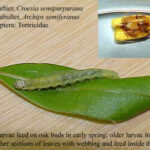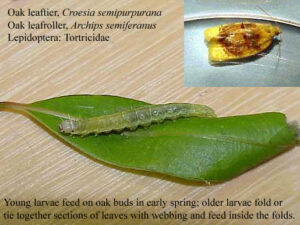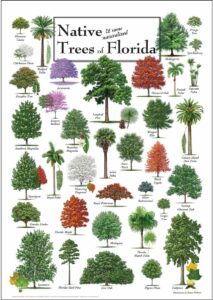Pruning Crapemyrtle Trees: Crape Murder
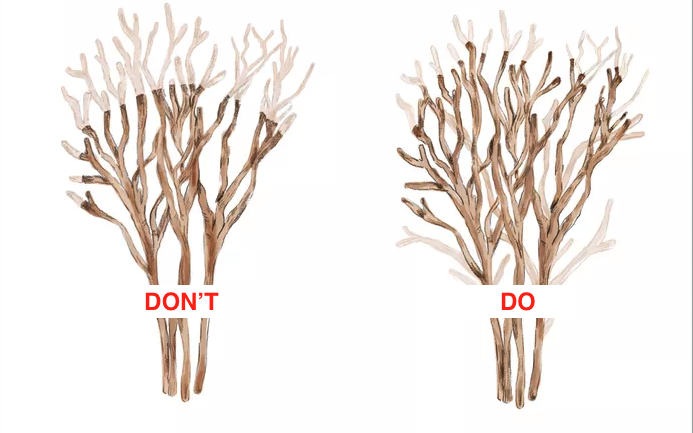
Have you ever wondered how to prune your Crapemyrtle tree? These ornamental beauties can add to your landscapes aesthetic with their full blooms and unique shape. It is unfortunately common for homeowners and landscapers alike to improperly prune these trees causing them to have abnormal growth and shapes. In this article let’s dive into what these beautiful trees are and the best pruning practices to increase their life, longevity, and natural beauty. \
What is a Crapemyrtle?
A crape myrtle tree, scientifically known as Lagerstroemia, is a charming and colorful deciduous tree that is popular in gardens and landscapes, especially in warm climates like the southern United States. These trees are prized for their vibrant and showy blooms, which come in a variety of colors including pink, purple, red, and white. Crape myrtle trees typically have smooth, peeling bark and attractive foliage, making them an attractive addition to any outdoor space. They are known for their ability to thrive in hot and humid conditions, making them a favorite among gardeners looking to add color and beauty to their yards.
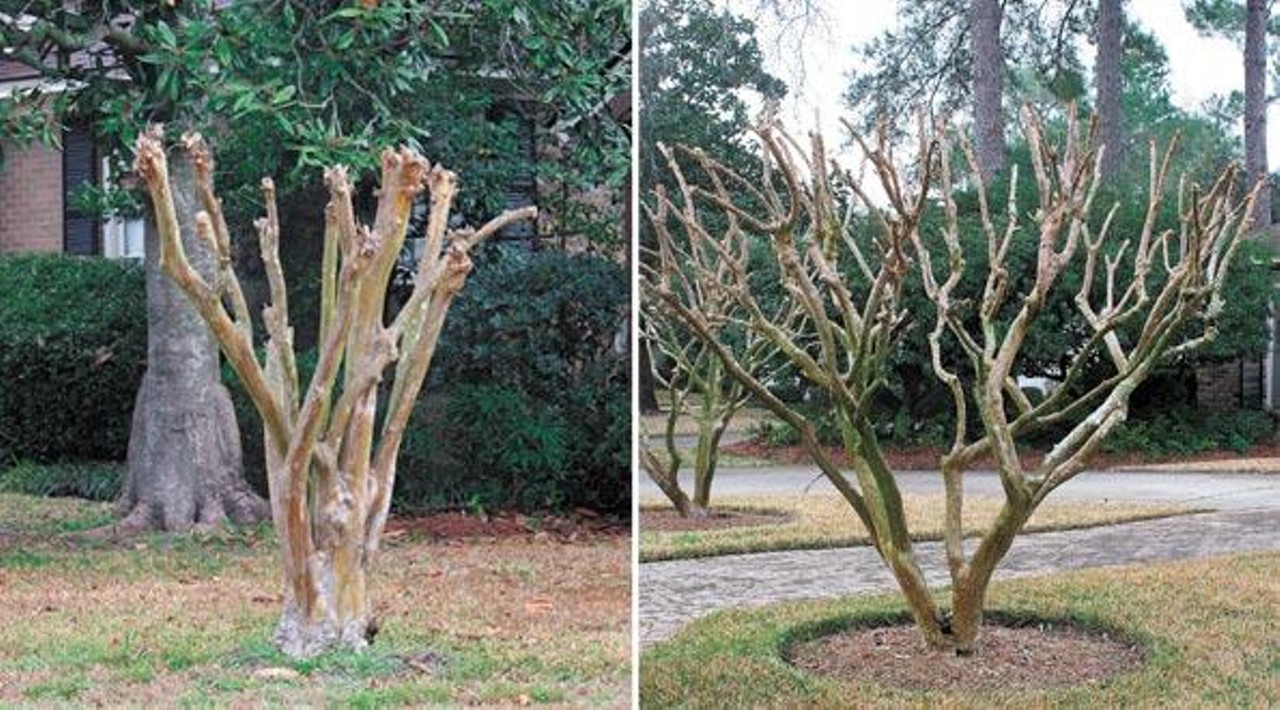
What is Crape Murder?
However, there’s a harmful practice known as “crape murder” that can affect the health and appearance of crapemyrtle trees. Crape murder refers to the improper and excessive pruning of these trees, particularly during the dormant season in winter. Instead of enhancing the tree’s growth and appearance, crape murder results in stubby, unbalanced branches that resemble a “witch’s broom.” This harsh pruning technique weakens the tree and can lead to drooping branches and diminished bloom production.
Preventing Crape Murder
To prevent crape murder and ensure the health and beauty of your crapemyrtle trees, it’s essential to follow proper pruning practices. First and foremost, avoid cutting back the branches too severely, especially during the winter months. Instead, focus on removing only crossed, damaged, or diseased branches to maintain the tree’s natural shape and form. Additionally, resist the temptation to “top” the tree by excessively cutting back the main branches. Instead, opt for selective pruning to promote healthy growth and blooming.
By following these guidelines and practicing proper pruning techniques, you can help your crapemyrtle trees thrive and flourish year after year. With the right care and attention, your trees will continue to bring joy and beauty to your outdoor space for seasons to come.

